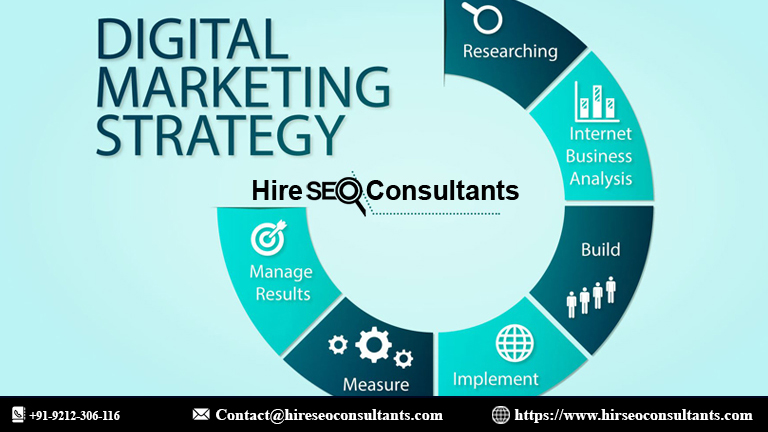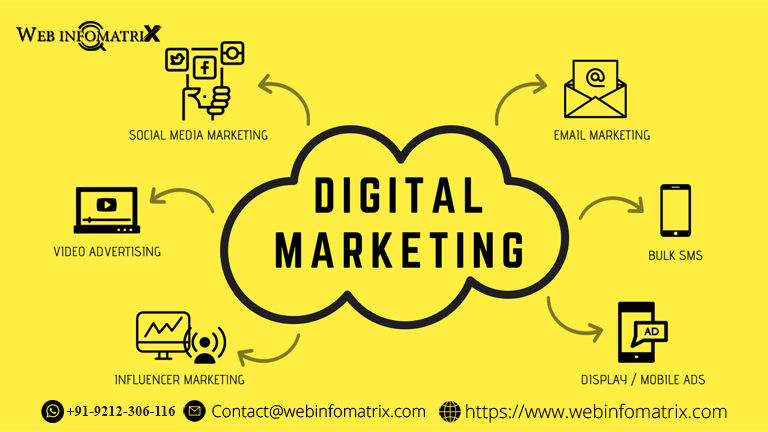The Difference Between Logo Design and Branding
Understanding the distinction between logo design and branding is crucial for building a strong visual identity for your business. While a logo is a graphical representation of your company's identity, branding encompasses the overall perception and emotional connection your brand establishes with its audience. This article delves into the nuances of both concepts, highlighting how logo design contributes to branding and the broader strategies involved in creating a cohesive brand experience.

In the dynamic world of marketing and visual communication, understanding the distinction between logo design and branding is essential for businesses looking to establish a strong presence. While these two terms are often used interchangeably, they refer to different aspects of how a company presents itself to the public. This article delves into the nuances of logo design and branding, highlighting their unique roles and how they work together to create a cohesive identity.
Understanding Logo Design
Logo design is the process of creating a unique symbol or graphic representation that identifies a brand. A logo serves as the visual cornerstone of a company's identity. It is typically a combination of text, images, and shapes that work together to convey a message about the brand. Effective logo design is characterized by simplicity, memorability, versatility, and relevance.
A well-designed logo should be easily recognizable and communicate the essence of the brand at a glance. It is often the first impression a potential customer has of a business, making its design crucial for establishing a positive image. A logo can take many forms, including wordmarks, lettermarks, pictorial marks, abstract logos, and emblems, each serving a different purpose in representing the brand's identity.
The Importance of Logo Design
The significance of logo design cannot be overstated. A logo is more than just a decorative element; it is a visual shorthand for a brand's values, mission, and personality. When crafted thoughtfully, a logo can evoke emotions and create connections with consumers.
A strong logo can differentiate a brand in a crowded marketplace, allowing it to stand out from competitors. It provides a sense of familiarity and trust, encouraging customer loyalty. Moreover, logos are utilized across various marketing materials, including business cards, websites, advertisements, and social media profiles, reinforcing brand recognition every time they are displayed.
Defining Branding
Branding, on the other hand, encompasses a broader scope than logo design. It is the process of shaping and managing how a business is perceived by its audience. Branding includes the overall strategy, messaging, values, and visual identity that a company projects to the public.
While a logo is a key component of branding, it is just one piece of the puzzle. Branding involves creating a consistent and compelling narrative that resonates with the target audience. This narrative is communicated through various channels, including advertising, customer interactions, and social media.
Elements of Branding
Branding consists of several key elements that work together to form a cohesive identity. These elements include:
- Brand Mission and Values: The fundamental beliefs and purpose that guide a brand's actions and decisions.
- Brand Personality: The human traits and characteristics associated with a brand, which help consumers connect on an emotional level.
- Visual Identity: This includes the logo, color palette, typography, imagery, and other design elements that create a unified look for the brand.
- Brand Voice: The tone and style used in communication, whether in marketing materials, customer service, or social media interactions.
- Customer Experience: The overall impression customers have based on their interactions with the brand, which is influenced by service quality, product experience, and support.
The Relationship Between Logo Design and Branding
While logo design and branding are distinct concepts, they are deeply interconnected. A well-designed logo contributes to a brand’s overall identity, but it cannot fully encapsulate the brand's essence on its own. Conversely, branding provides the context in which a logo is understood and appreciated.
A logo can be seen as a visual representation of the brand's story. It should align with the brand's mission, values, and personality to be effective. When a logo is created with branding in mind, it enhances the brand's recognition and reinforces its message in the marketplace.
Examples of Logo Design and Branding in Action
To illustrate the difference between logo design and branding, let’s consider a few examples of well-known brands.
Apple
Apple's logo is a simple and iconic silhouette of an apple with a bite taken out of it. This logo effectively communicates the brand's modern and innovative ethos. However, Apple's branding extends far beyond its logo. The company has cultivated a brand identity centered around creativity, simplicity, and premium quality. This is evident in its advertising campaigns, product design, customer service, and overall user experience.
Nike
Nike's logo, the Swoosh, is another excellent example of effective logo design. It symbolizes movement and speed, aligning perfectly with the brand's focus on athleticism. Nike’s branding encompasses a powerful narrative of empowerment and achievement, exemplified in its tagline "Just Do It." The combination of the Swoosh logo and the brand's messaging creates a strong and memorable identity that resonates with consumers worldwide.
Common Misconceptions About Logo Design and Branding
Many businesses fall into the trap of conflating logo design with branding, leading to misunderstandings about their respective roles. Here are some common misconceptions:
- A Logo Equals a Brand: While a logo is a crucial part of a brand’s visual identity, it is not the entirety of the brand. A strong brand encompasses much more than just a logo.
- Once Created, a Logo Stands Alone: A logo must evolve alongside the brand it represents. As a business grows and changes, so should its logo to ensure it remains relevant and reflective of its identity.
- Branding Is Just About Aesthetics: While visual elements are a significant aspect of branding, it also involves strategic messaging, customer experience, and overall perception.
The Process of Logo Design and Branding
The processes of logo design and branding involve several steps that require careful consideration and creativity.
Research and Discovery
Before diving into design, it's crucial to conduct thorough research. This includes understanding the target audience, analyzing competitors, and identifying market trends. This research lays the foundation for both logo design and branding.
Concept Development
Once research is complete, the next step is to brainstorm and develop concepts. For logo design, this might involve sketching different ideas, exploring various styles, and considering how the logo will be used across different platforms. For branding, this involves defining the brand's mission, values, personality, and messaging.
Design and Refinement
In this stage, designers create initial logo drafts and develop visual identity guidelines. Feedback is collected from stakeholders and potential customers to refine the designs. This iterative process ensures that the final logo aligns with the overall branding strategy.
Implementation and Consistency
After finalizing the logo and brand identity, the next step is implementation. This includes integrating the logo and branding across all touchpoints, including websites, social media, packaging, and marketing materials. Consistency is key to reinforcing brand recognition and trust.
The Impact of a Strong Logo and Brand Identity
A well-designed logo and a strong brand identity can have a profound impact on a business’s success.
- Increased Recognition: A memorable logo helps consumers easily identify the brand among competitors. When paired with effective branding, this recognition can lead to increased visibility and awareness.
- Customer Loyalty: Brands that resonate with their audience and consistently deliver on their promises foster trust and loyalty. A strong logo reinforces this connection, making customers feel more inclined to support the brand.
- Enhanced Perceived Value: A polished logo and cohesive branding create a professional image that can elevate a brand's perceived value. Consumers are often willing to pay more for products or services from brands that they perceive as high-quality and trustworthy.
In conclusion, while logo design and branding are interconnected, they serve distinct purposes in establishing a company's identity. A logo is a crucial visual representation of the brand, while branding encompasses the broader narrative, values, and experiences associated with the company. By understanding the differences and leveraging both effectively, businesses can create a lasting impact in the marketplace, fostering recognition, loyalty, and success.
Get in Touch
Website – https://www.webinfomatrix.com
Mobile - +91 9212306116
Whatsapp – https://call.whatsapp.com/voice/9rqVJyqSNMhpdFkKPZGYKj
Skype – shalabh.mishra
Telegram – shalabhmishra
Email - info@webinfomatrix.com
What's Your Reaction?





















